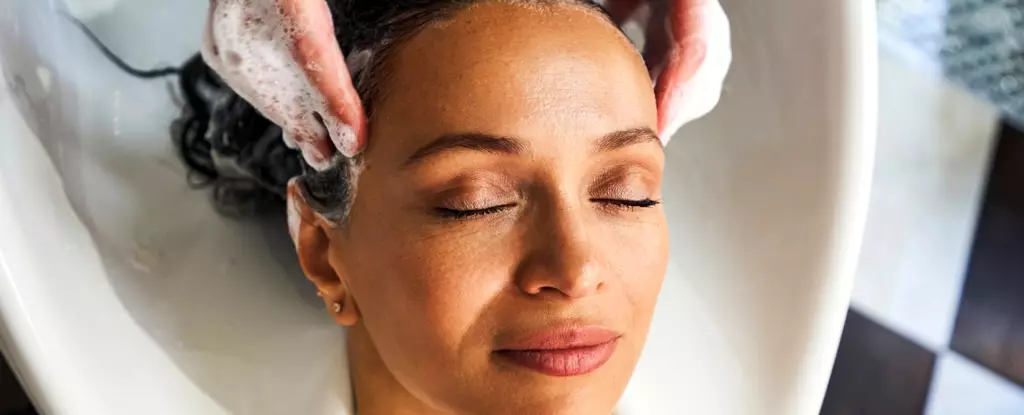Visiting a hair salon is commonly a delightful experience, associated with self-care, relaxation, and the joy of transformation. However, lurking beneath this welcoming facade lies a rare condition known as Beauty Parlor Stroke Syndrome (BPSS). This condition may transform a seemingly innocuous shampooing session into a potential health emergency for a small fraction of individuals.
Beauty Parlor Stroke Syndrome found its initial recognition through the work of American neurologist Michael Weintraub in 1993. Weintraub discovered that some patients developed stroke-like symptoms after receiving a shampoo at a salon. This revelation raised significant concerns about the safety of traditional salon practices, particularly concerning the seemingly benign act of washing one’s hair.
A stroke occurs when there’s a sudden interruption of blood flow to the brain, often caused by a blockage from a blood clot or the rupture of a blood vessel. This disruption deprives brain cells of the oxygen and nutrients they need, leading to potential damage or death of these vital cells. While strokes are more commonly associated with older individuals or those suffering from pre-existing health conditions like hypertension or diabetes, stroke incidents can occur in young and seemingly healthy individuals, potentially due to the alarming dynamics of BPSS.
One of the significant factors contributing to BPSS is the posture that clients assume when they rest their heads over the backwash basins typically found in salons. This position can cause awkward neck angles and unusual twisting that may really stress the cervical spine. Research delineates that such overextension can compress a major blood vessel that supplies blood to critical areas of the brain, ultimately increasing the risk of a stroke.
Additionally, certain structural issues like bone spurs can exacerbate this situation. Bone spurs are bony projections that develop along joints, which can pinch or tear the arteries adjacent to them, leading to an elevated risk of BPSS. Although recent studies indicate that this condition is primarily observed in women over 50, it can, however, still manifest in individuals of any age or health status.
Due to its rarity, BPSS can be easily overlooked or misdiagnosed, especially considering that its symptoms closely resemble those of a conventional stroke. These symptoms include headaches, dizziness, nausea, blurred vision, and in some instances, partial paralysis on one side of the body. Patients may also experience symptoms that take time to manifest, complicating the diagnosis further.
Given the psychological importance many place on grooming and self-care, recognizing the onset of these symptoms is crucial for preventing potential health crises. Following a grooming session, if any of these signs arise, it’s essential to seek immediate medical attention.
Understanding the risks associated with BPSS can empower clients to engage in preventive measures. Clients concerned about neck strain or discomfort when positioned at a backwash station should not hesitate to communicate their needs to their hairdresser. Opting for alternative positions, such as leaning forward over the sink, or asking for neck support during washing can significantly mitigate risks.
Additionally, clients can discuss the speed and technique of the hair washing process with their hairdresser to ensure a gentle, comfortable experience. By articulating their preferences and practicing caution, individuals can significantly reduce their risk of encountering BPSS.
It’s essential to underscore that, for the vast majority of individuals, visiting a hair salon remains a safe and uplifting experience. Hair care contributes to improved mental health and self-esteem, which are critical aspects of overall personal well-being. Nevertheless, awareness of the potential for Beauty Parlor Stroke Syndrome underscores the importance of prioritizing safety without diminishing the joy associated with salon visits.
Ultimately, self-advocacy in health matters is essential. Clients should feel empowered to speak up and take measures to ensure their comfort while enjoying the pampering experience that comes with hair care. As we embrace the vital role of self-care in our lives, we must also adopt a conscientious approach that guarantees our safety, so we can keep our hair, our confidence, and our health intact.

